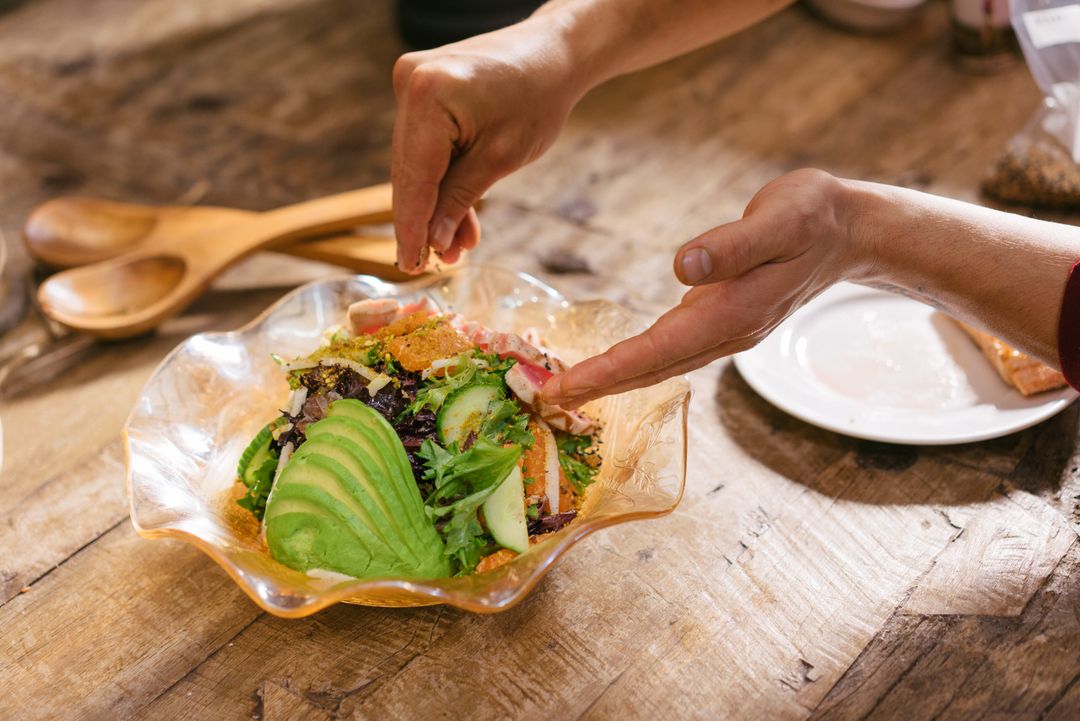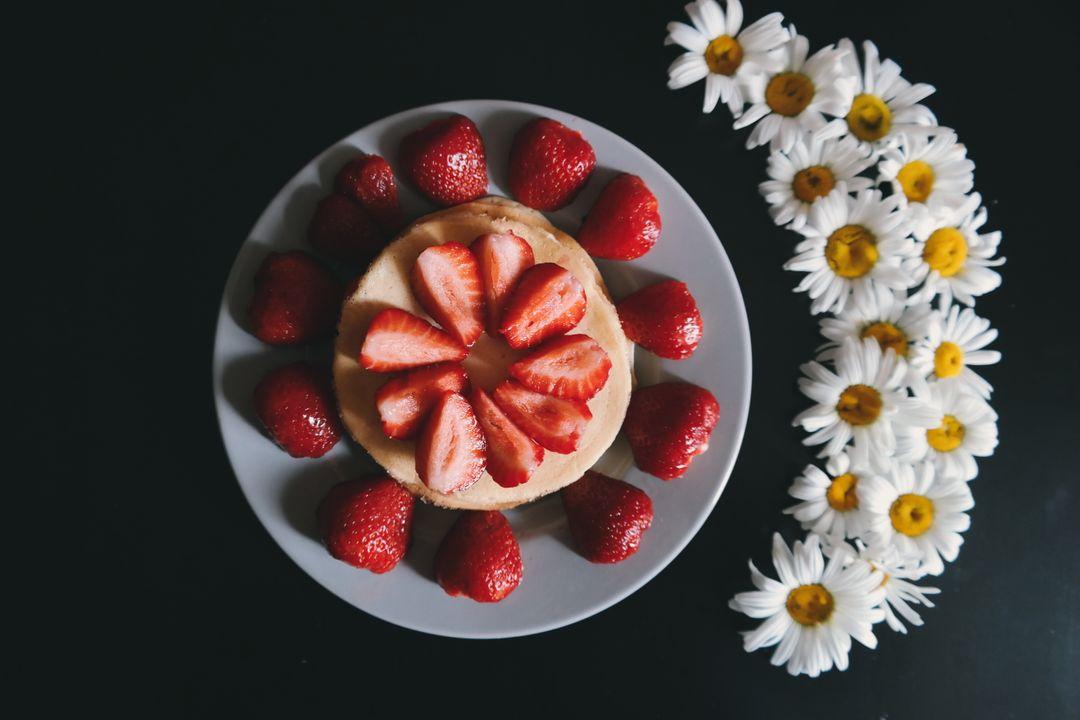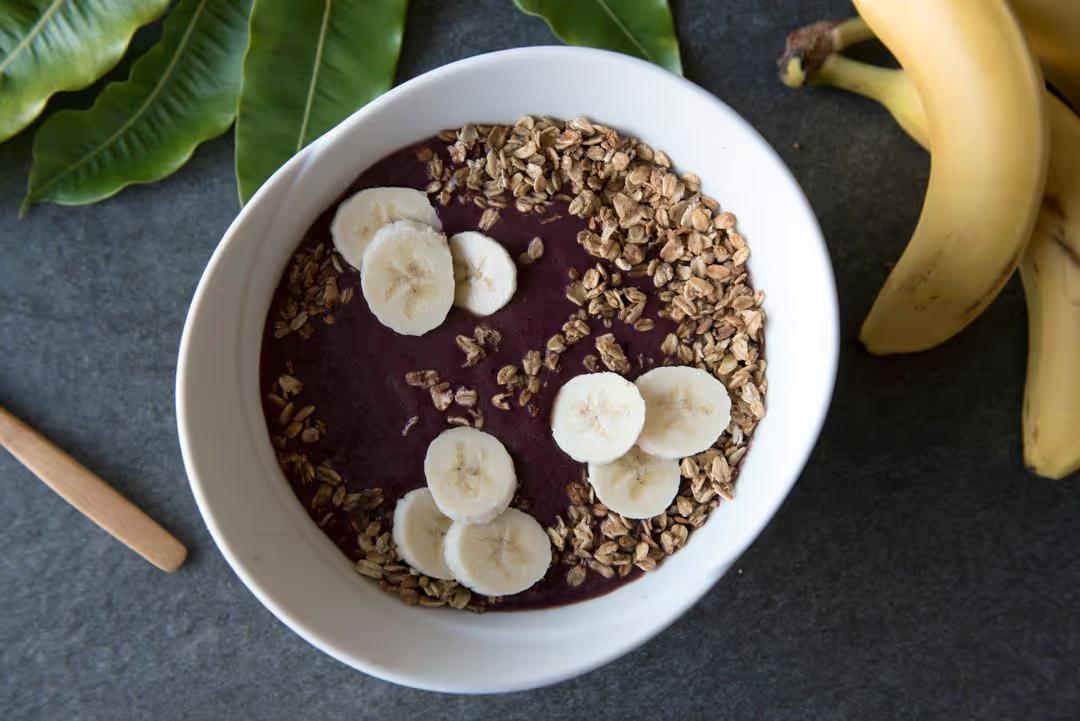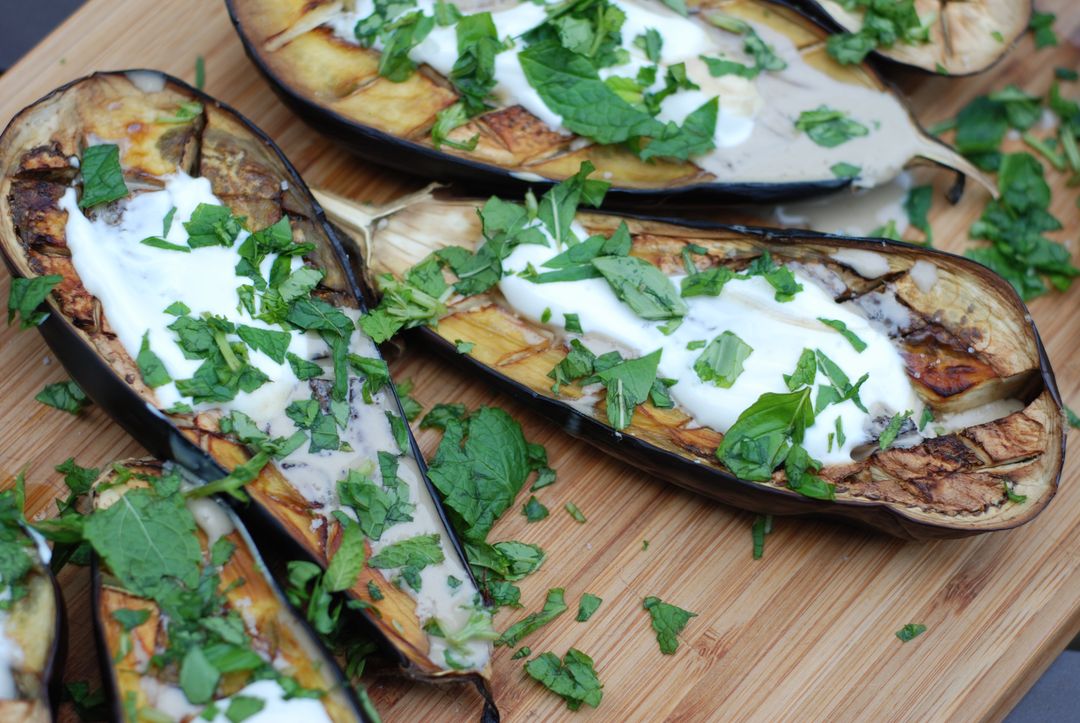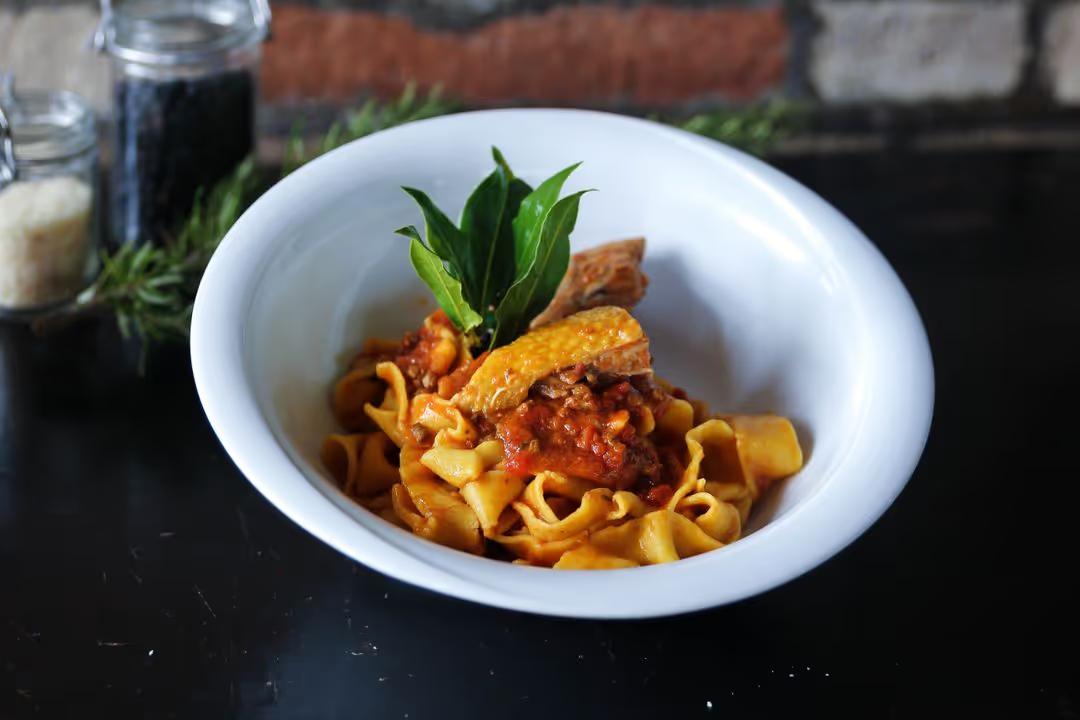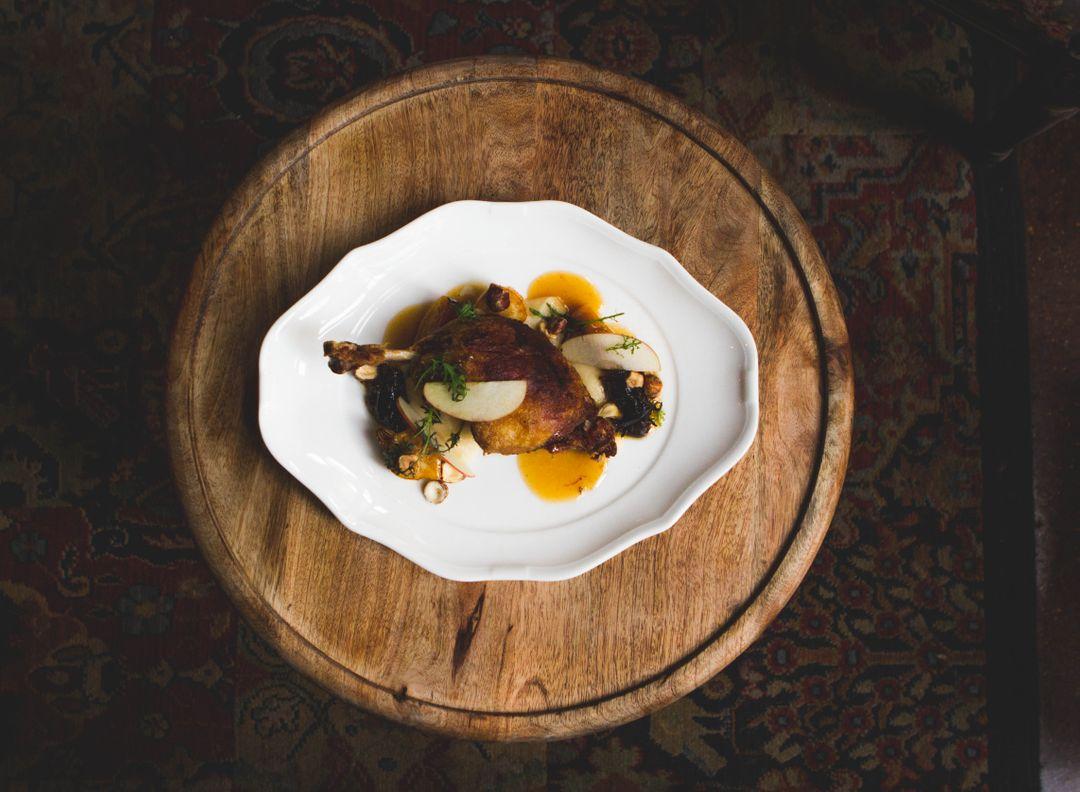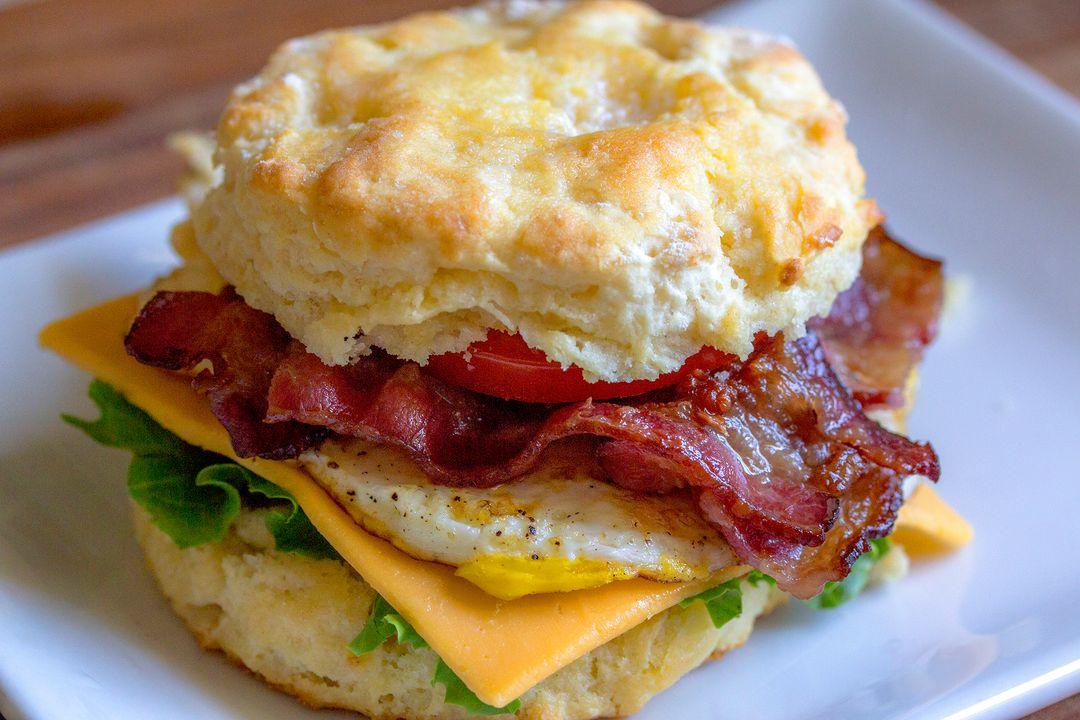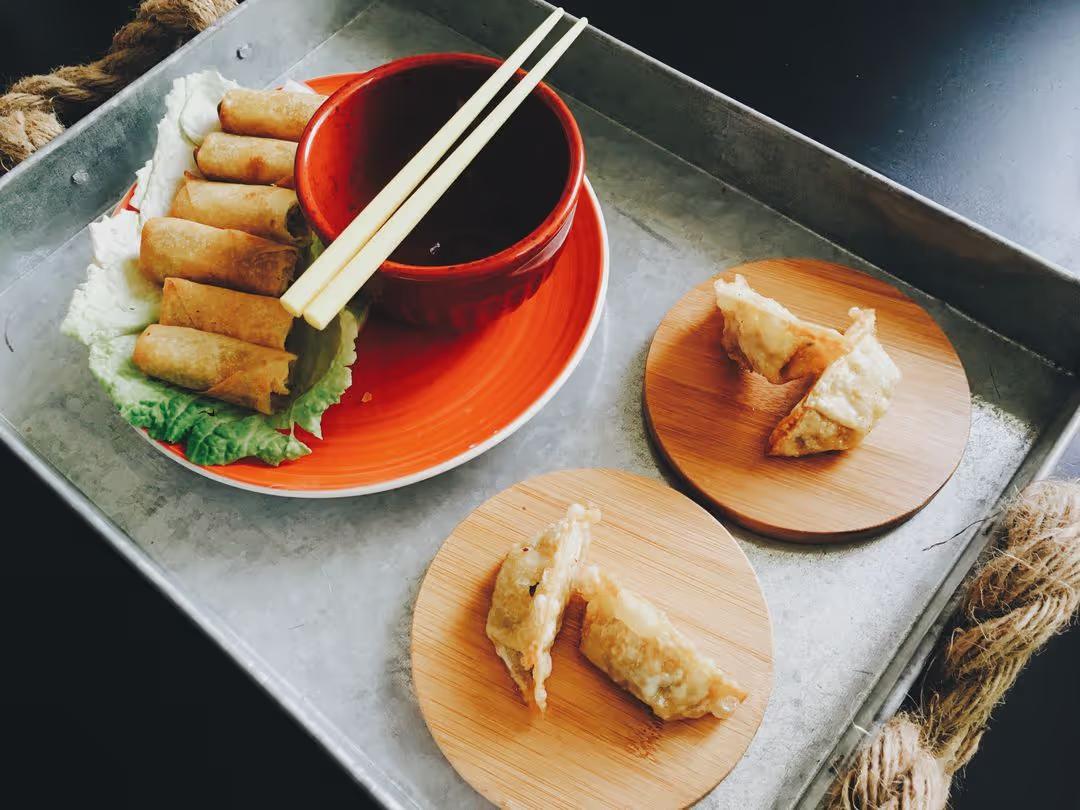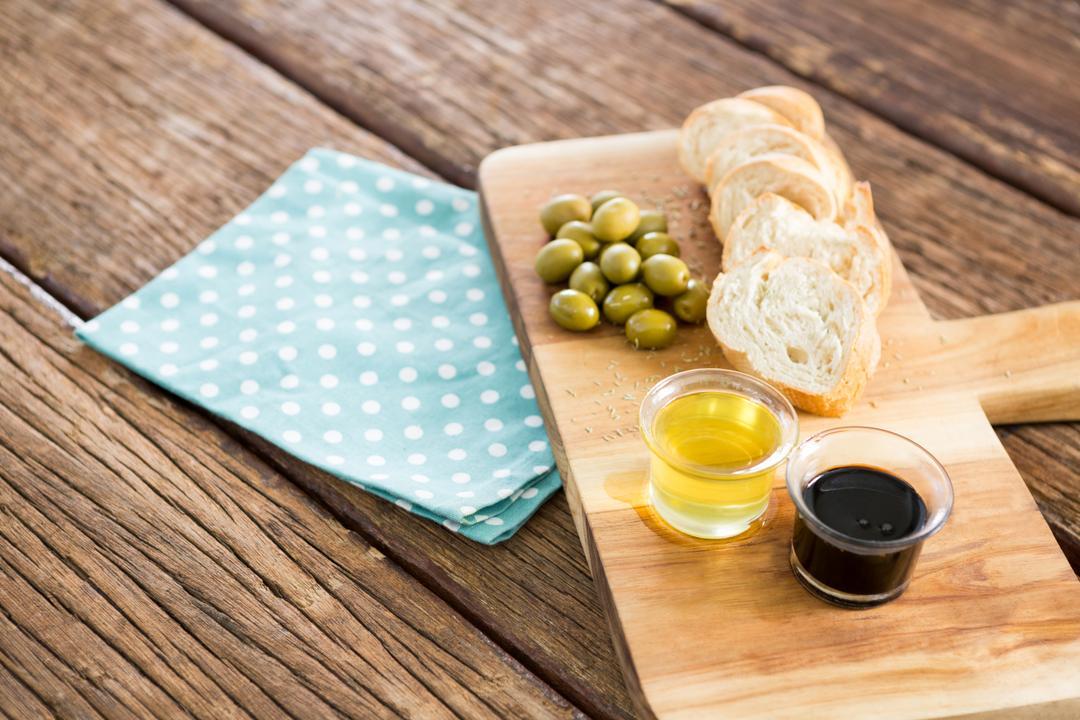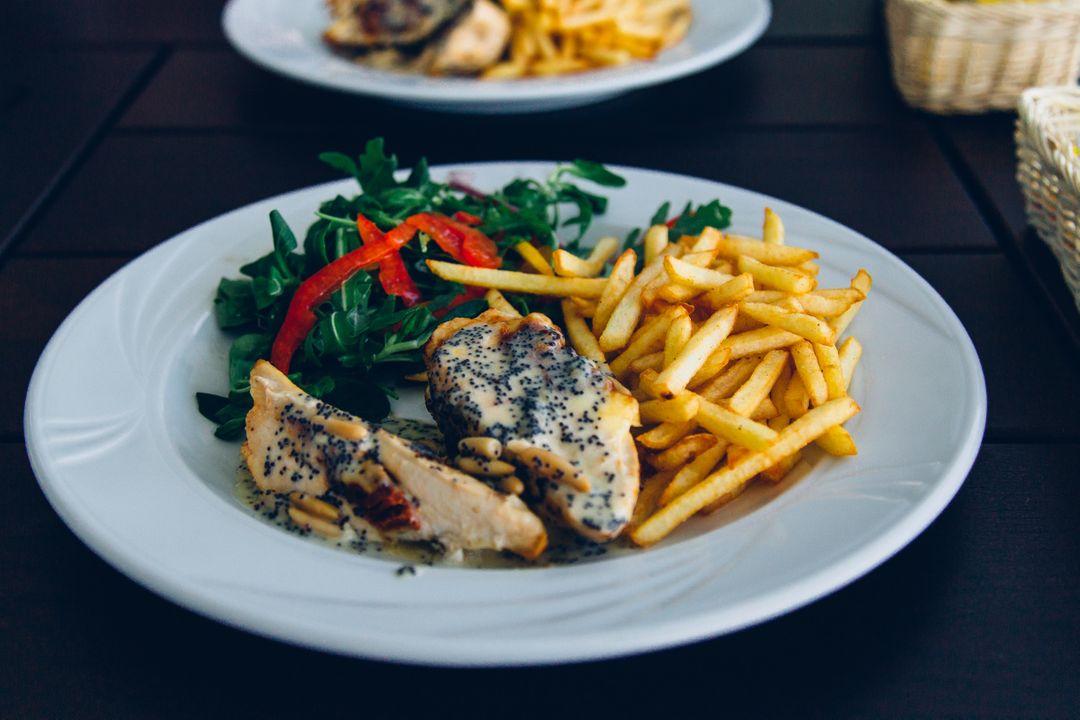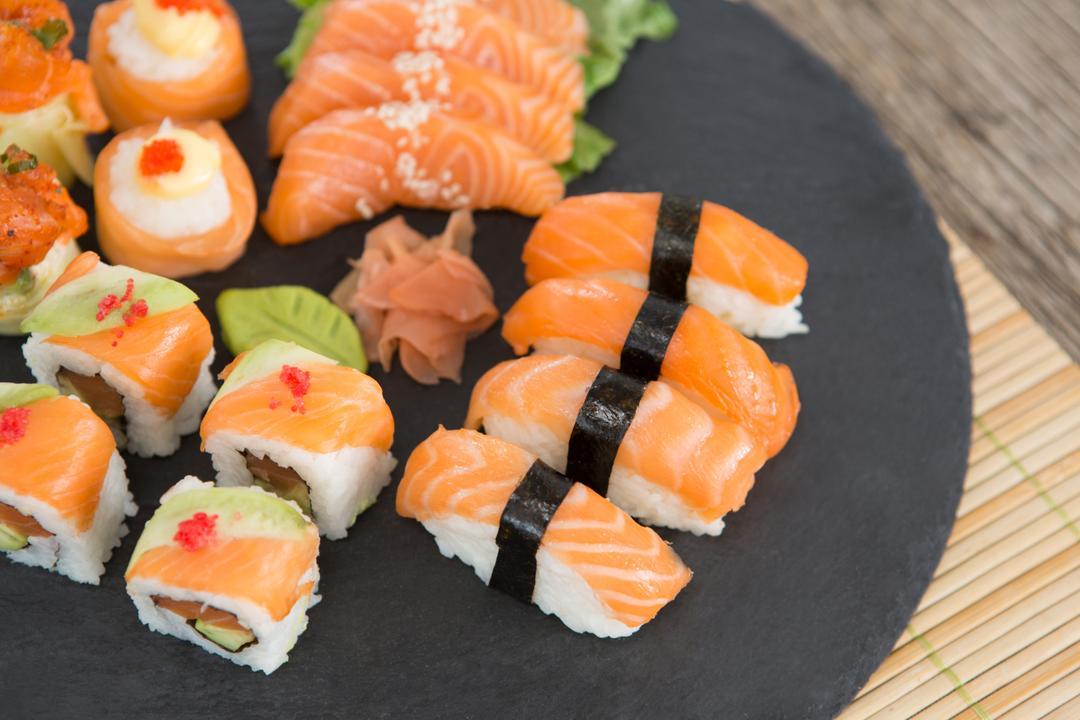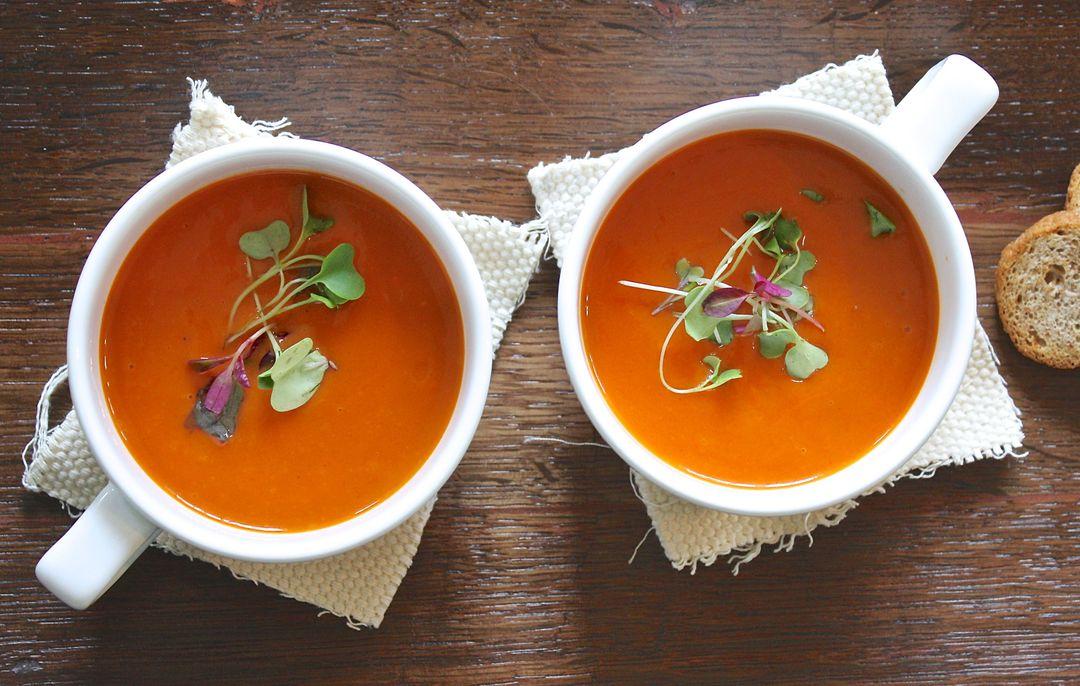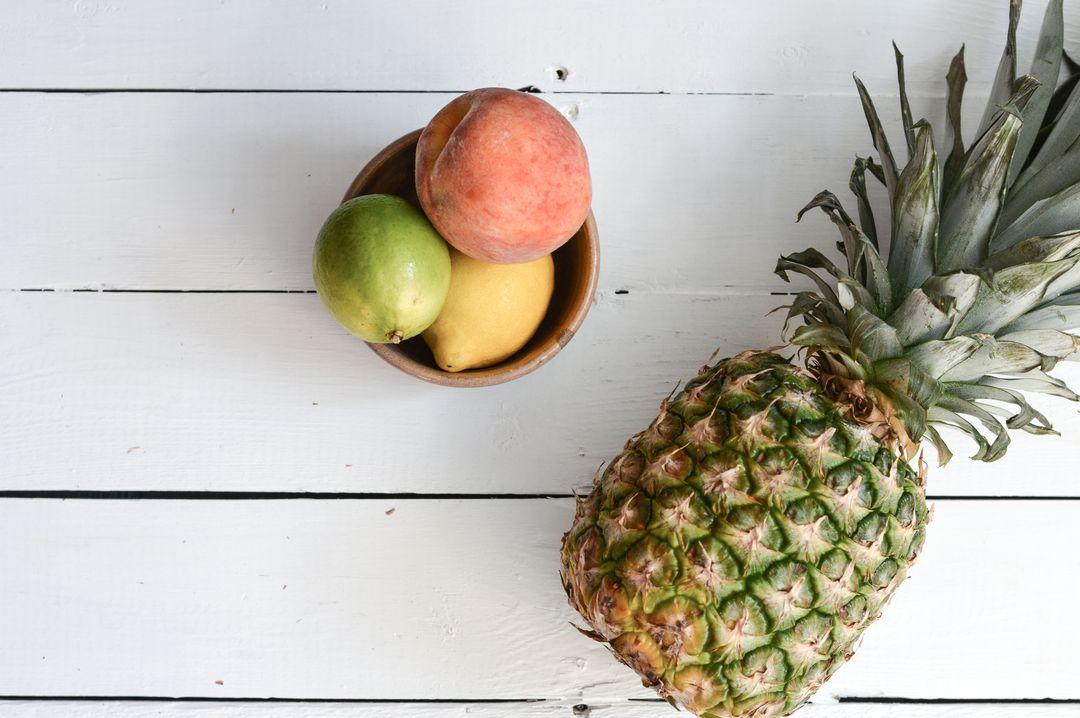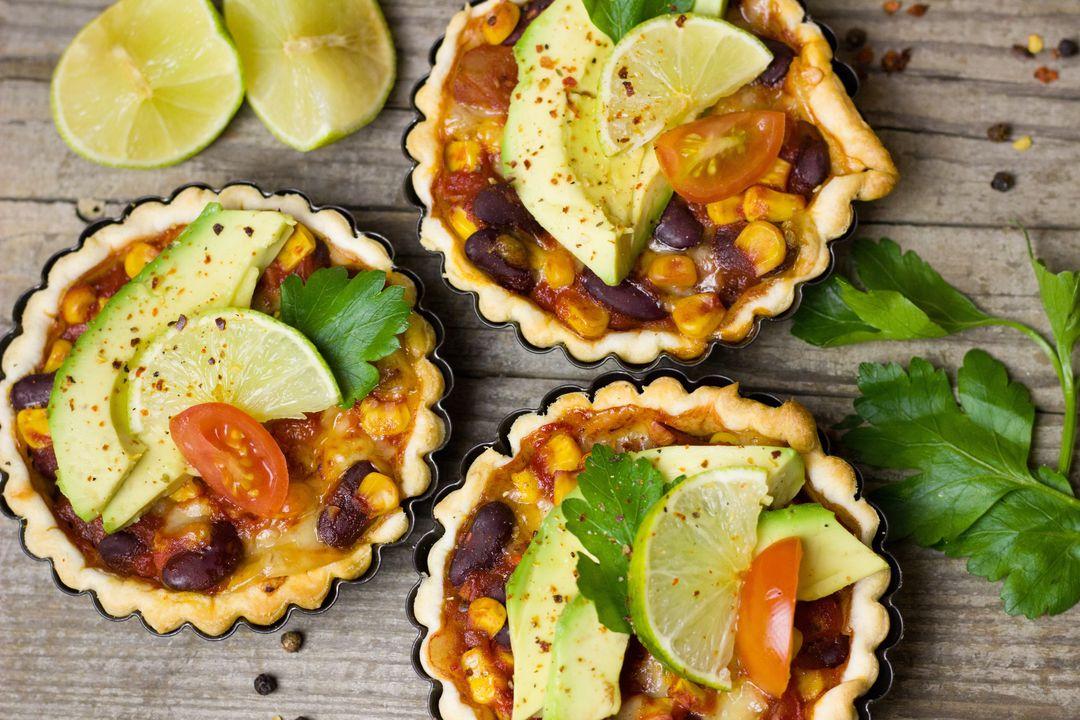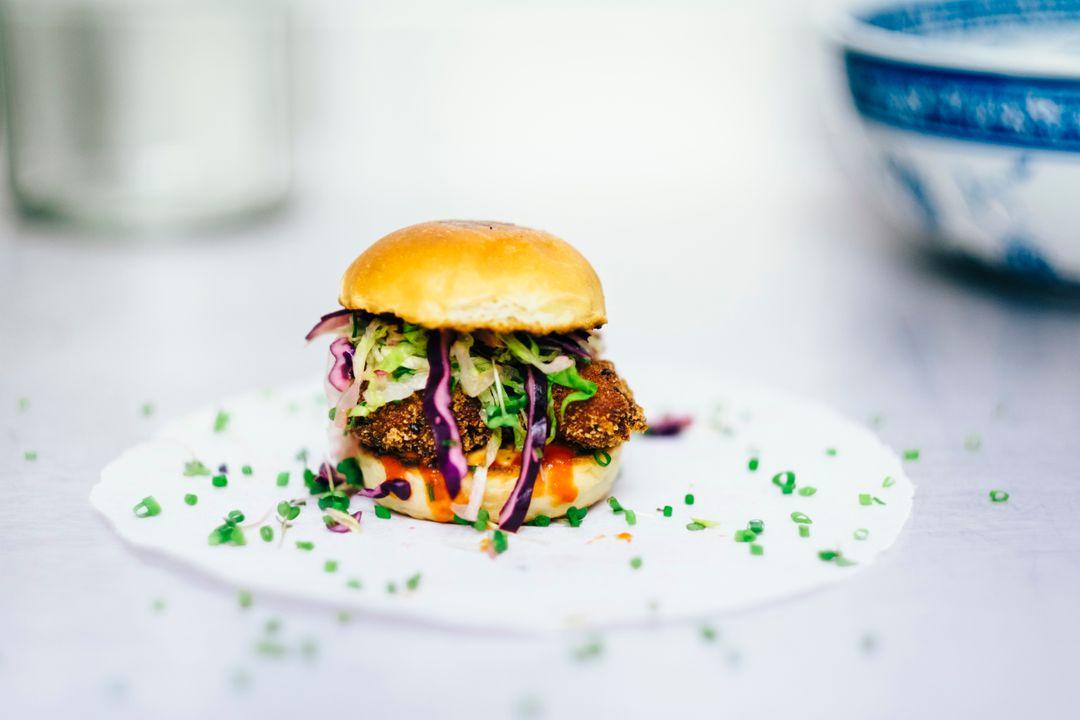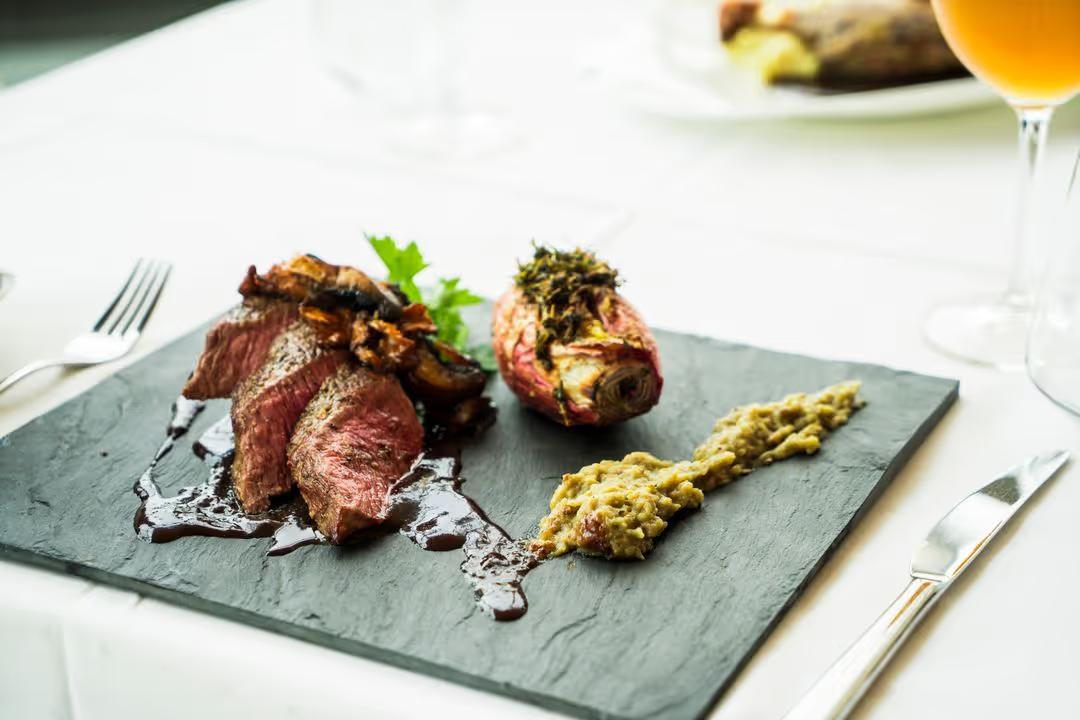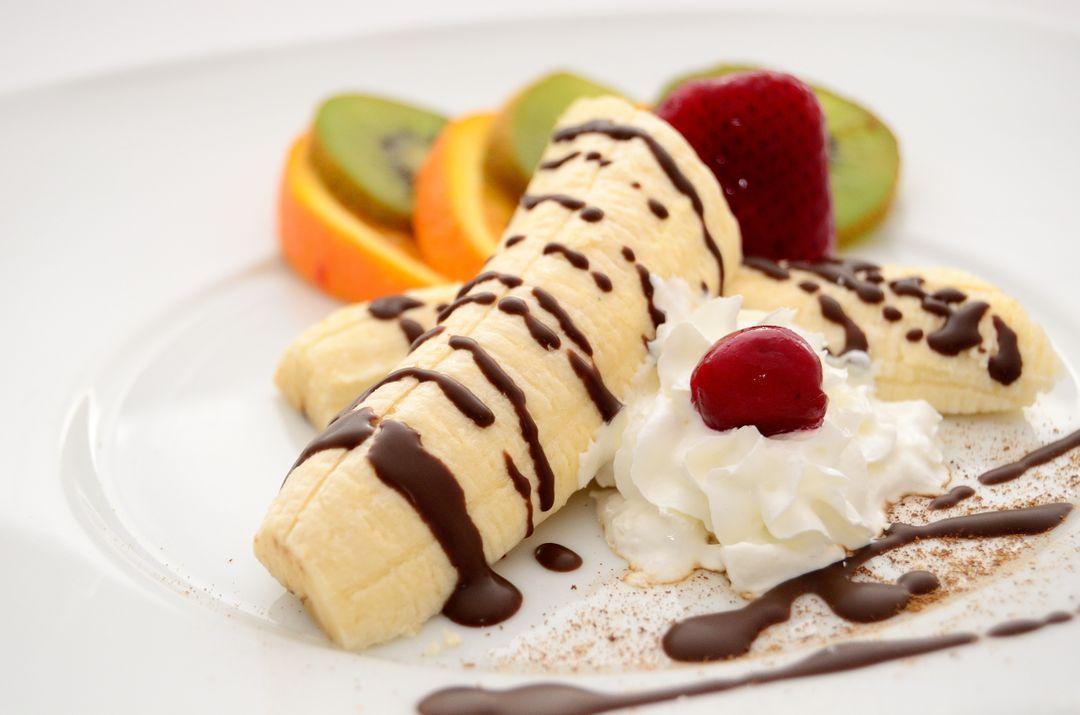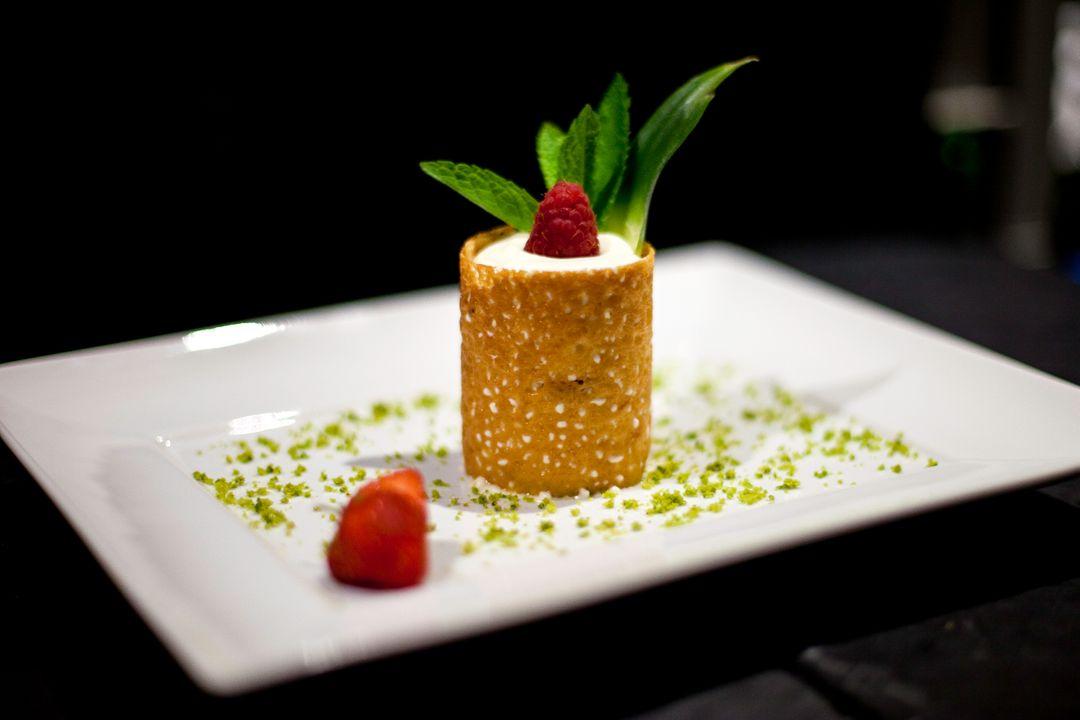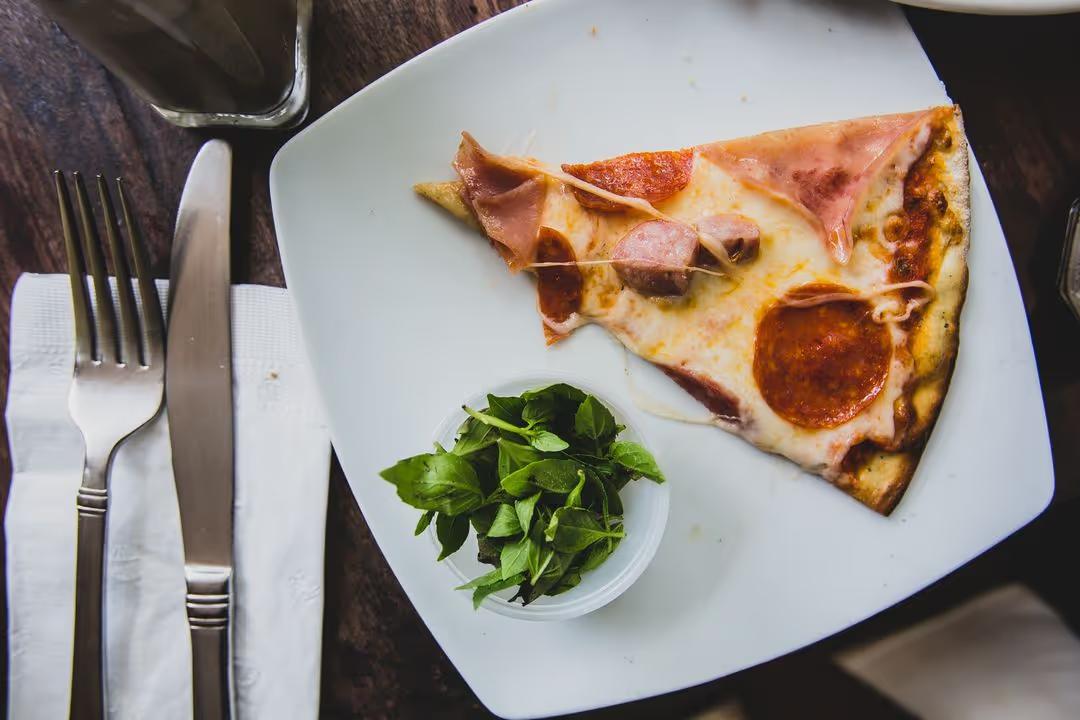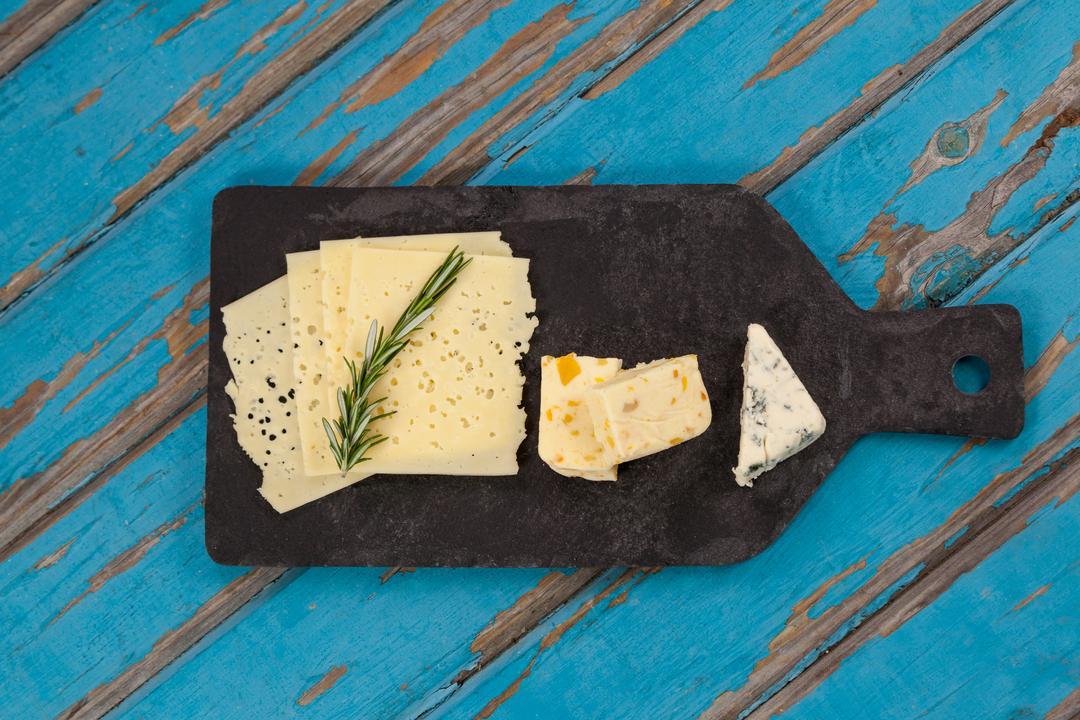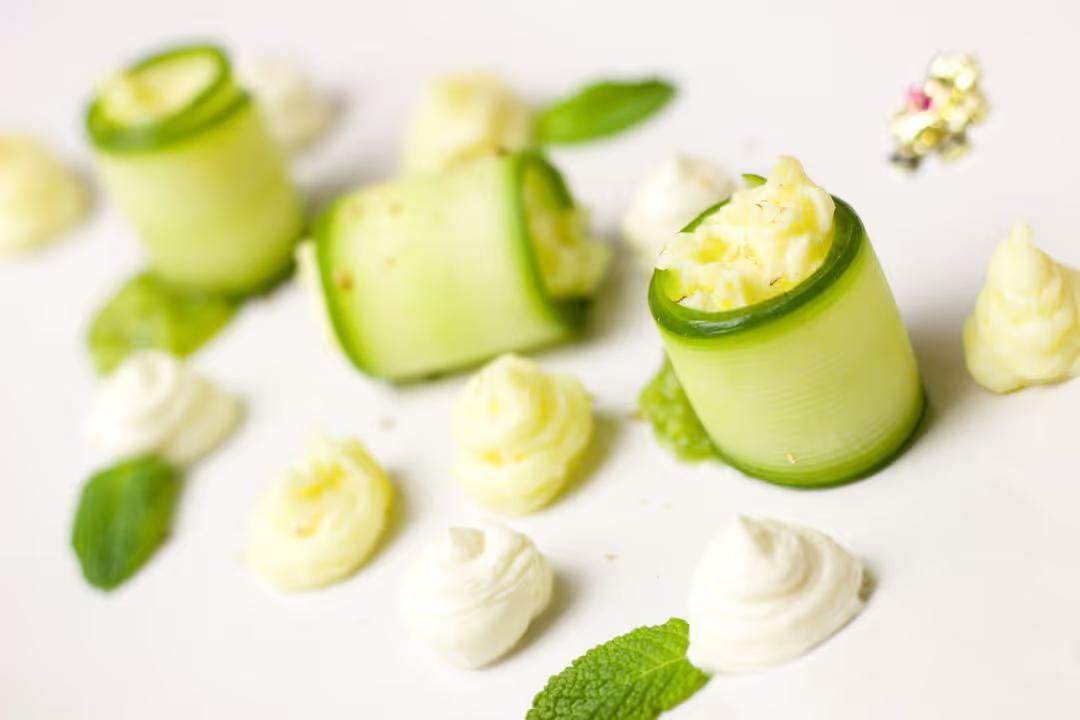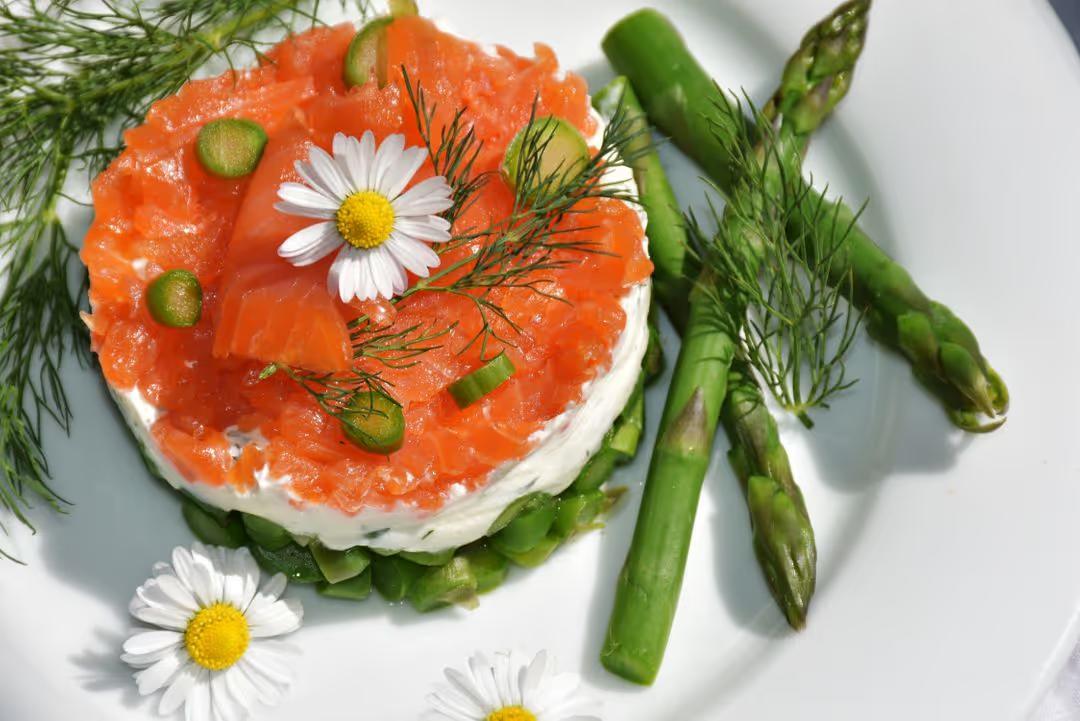There are literally hundreds of niches to choose from, as well as a variety of ways of approaching those niches. Straight up food blog niches include general recipe or “cooking” blogs, where a blogger simply cooks and then documents that cooking. There are many blogs like this organized by type of food, like Japanese food blogs, bread baking blogs, or gluten free cooking.
There’s also the “challenge” type blog, where someone tackles a particular goal and documents it via their blog. A good example of this is the classic (but now defunct) Julie/Julia blog, where the author attempted to cook all of Julia Child’s recipes, or 101 Cookbooks, where the author works her way through the recipes in her enviably vast cookbook collection.
Another major food blog niche is the travel/food blog, where (exceedingly lucky) people eat their way around a trip, country, or part of the world. Musings of a Travelling Foodie is a particularly laid-back example of this, while FoodFunTravel is a far more commercial take on the subject.
The latter blog is also a great example of how to take a niche that seems somewhat limited, and expand it significantly. While most people can’t travel all the time, these guys intersperse their travel posts with informational and top lists, which really up their ability to post frequently (and monetize their blog).
Review blogs are becoming increasingly popular whereby different restaurants invite the food blogger to try out their dishes. Foodie influencers have become an important element of any restaurant’s marketing plan. The restaurant gets a backlink for SEO purposes, they reach a new audience and the blogger gets paid or just gets a free meal.


